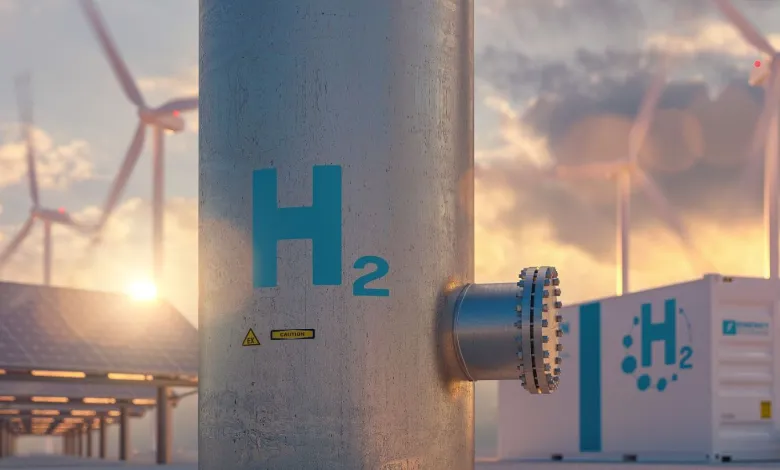A report by the European Patent Office and the International Energy Agency said that the European Union, which is currently facing an energy crisis, has become a world leader in hydrogen-related technology patents.
Hydrogen is a low-carbon alternative to oil and natural gas.
The report said global fuel patents are led by the European Union and Japan, which account for 28 percent and 24 percent, respectively, of all international patents from 2011 to 2020.
Germany leads Europe with 11 percent of the global total, followed by France (6 percent) and the Netherlands (3 percent).
“Hydrogen from low-emission sources can play an important role in clean energy transitions, with potential to replace fossil fuels in industries where there are few clean alternatives, such as long-distance transportation and fertilizer production,” said Fatih Birol, Executive Director of the International Energy Agency. . .
He added, “This study shows that innovators are responding to the need for competitive hydrogen supply chains, but it also identifies areas – especially among end users – where more effort is needed,” stressing, “We will continue to help governments stimulate innovation for safe, resilient, and sustainable clean energy technologies.” .”
The US, with 20 per cent of all hydrogen-related patents, is the only major innovation center where international hydrogen patent applications have declined over the past decade.
sustainable energy
The report said that while international patent activity in hydrogen technology remained “modest” in South Korea and China, it was increasing.
The study revealed that the UK, Switzerland and Canada also produce “significant amounts” of hydrogen patents.
Hydrogen, which can be produced from both renewable energy and natural gas, is expected to play a major role in the coming years as economies and industries transition to a low-carbon world to mitigate climate change.
Fuel comes in different forms, including blue, green, and gray. The blue-gray hydrogen is produced from natural gas while the green color is derived from the separation of water by electrolysis.
Global demand for hydrogen reached 94 metric tons in 2021, a 5 percent increase over demand in 2020, mainly driven by a recovery in the chemicals and refining sectors, according to the IEA report.
Low-carbon ammonia, made from clean nitrogen and hydrogen, is a promising carrier of hydrogen and a potential clean fuel for a wide range of applications, including transportation, power generation, and fertilizer production.
startup companies
The report by the International Energy Agency and the European Patent Office found that low-emissions innovation generated more than twice as many international patents across the hydrogen value chain as compared to established technology.












